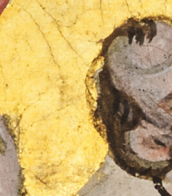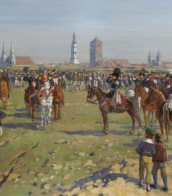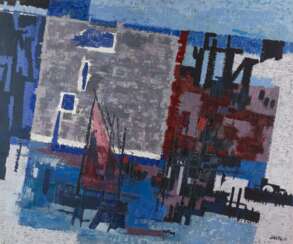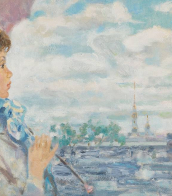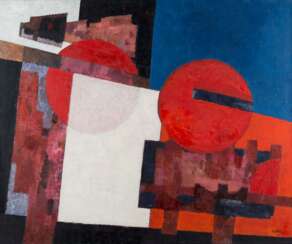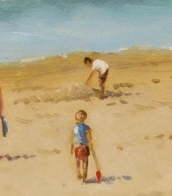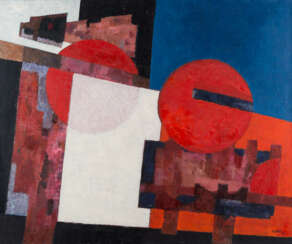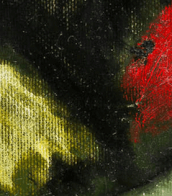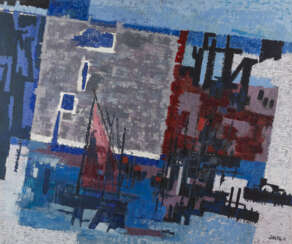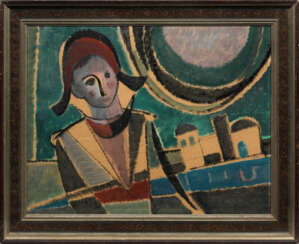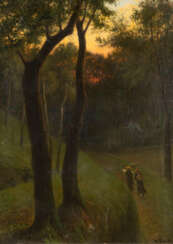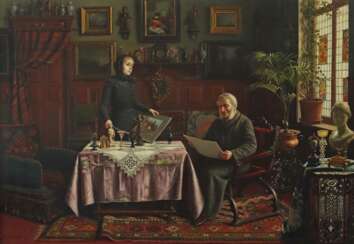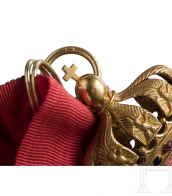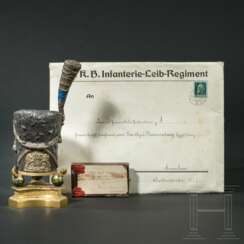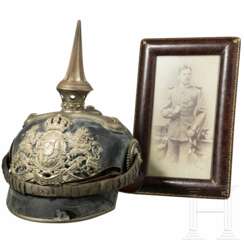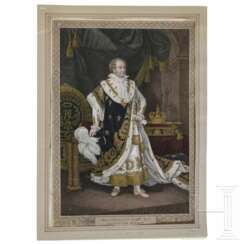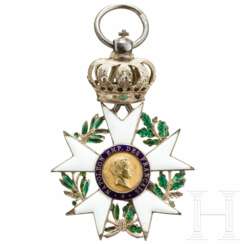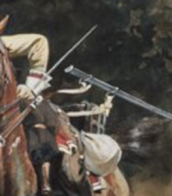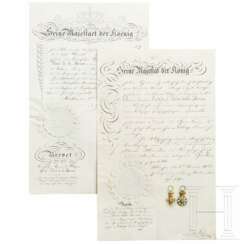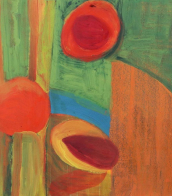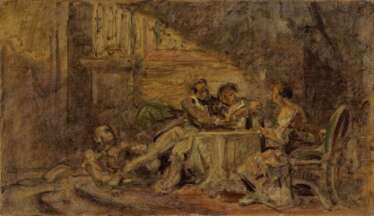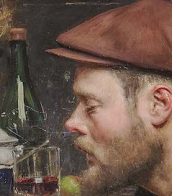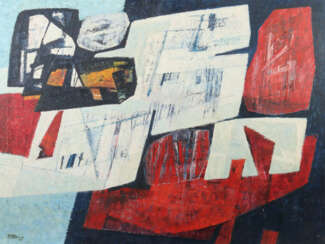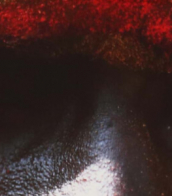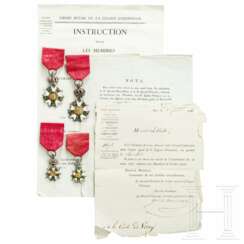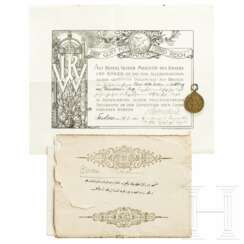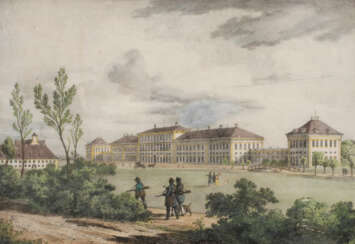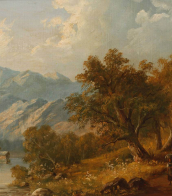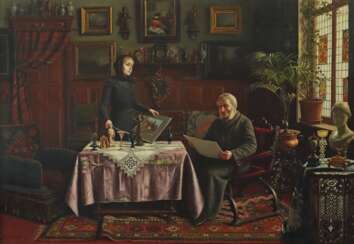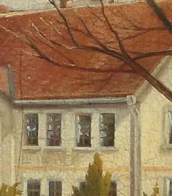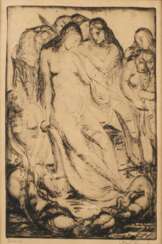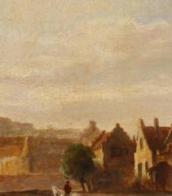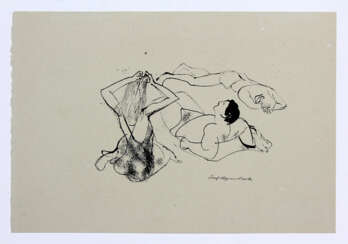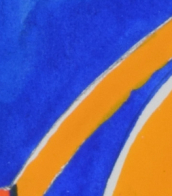carl barth
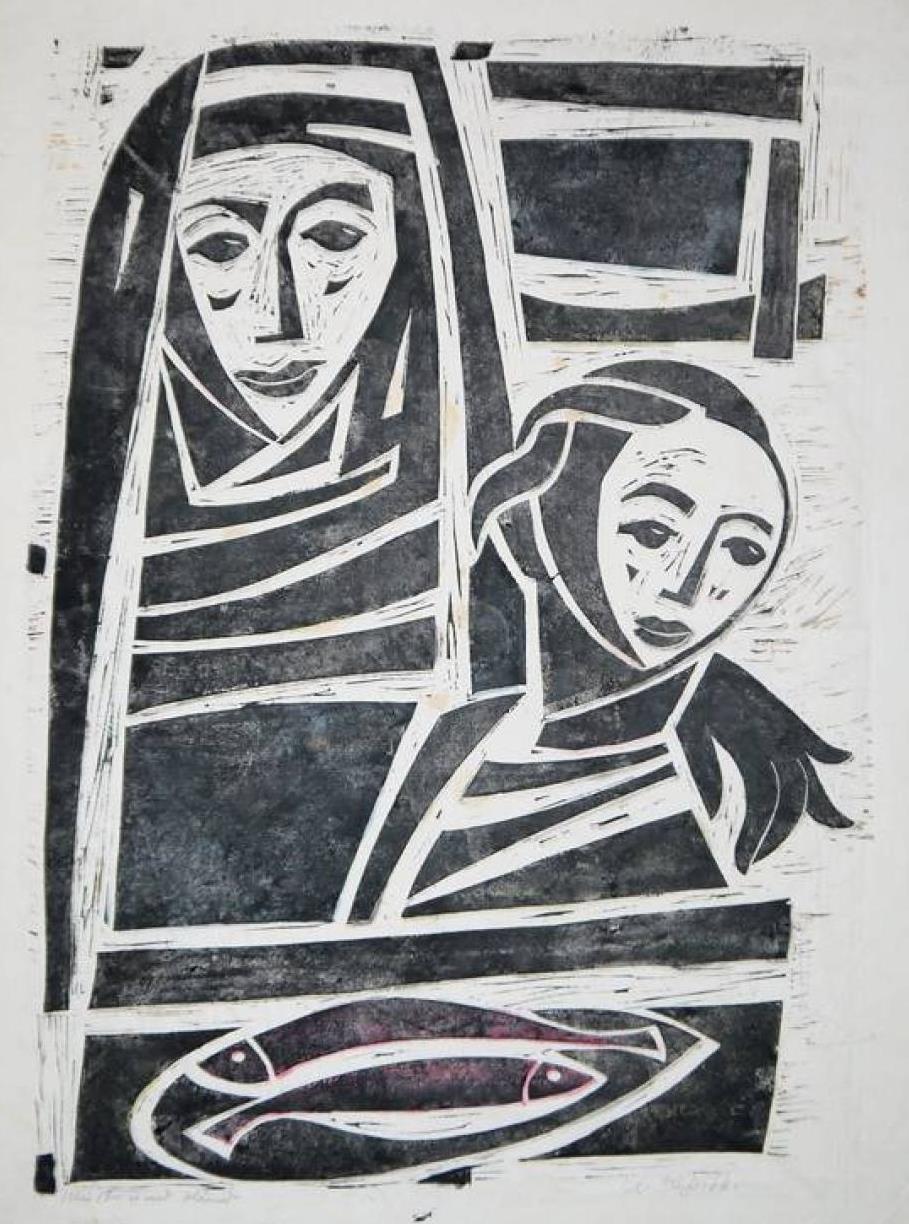
Carl Josef Barth was a German painter and graphic artist.
At the beginning of his artistic career Barth worked in the style of late expressionism, and later his works were attributed to the new objectivity and magical realism. Throughout his life, Barth changed from one style of painting to another. After World War II, the artist focused mainly on pessimistic subjects, ruins and hopelessness.
Carl Josef Barth's brother was the writer Emil Barth.
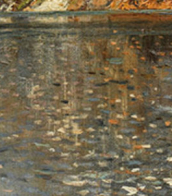
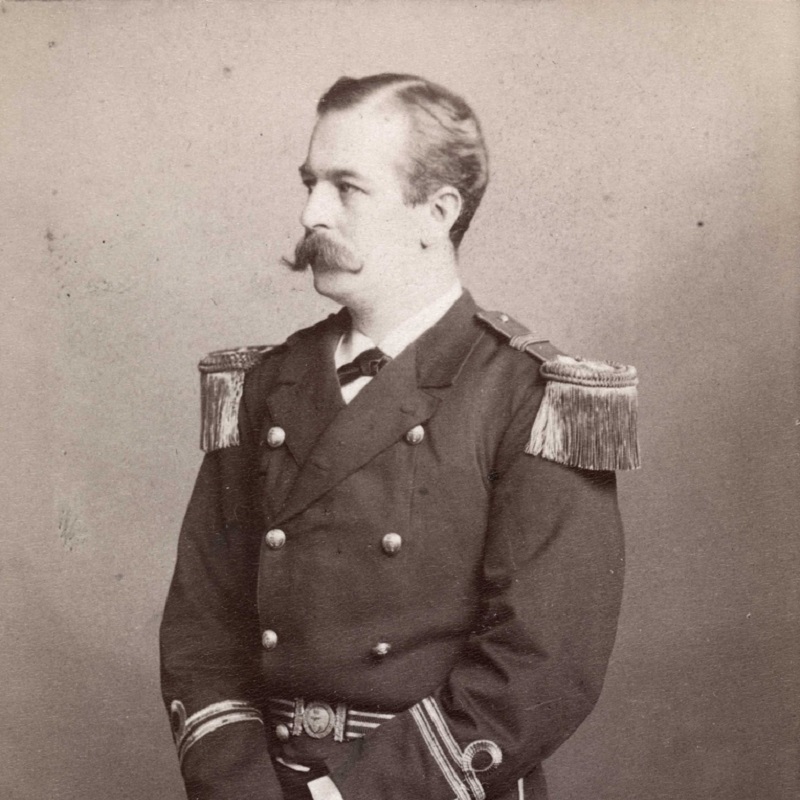
Carl Wilhelm Bøckmann Barth was a Norwegian military officer and painter who specialized in marine art.
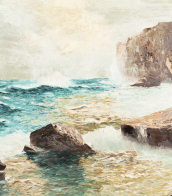

Carl Wilhelm Bøckmann Barth was a Norwegian military officer and painter who specialized in marine art.
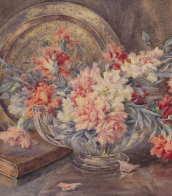
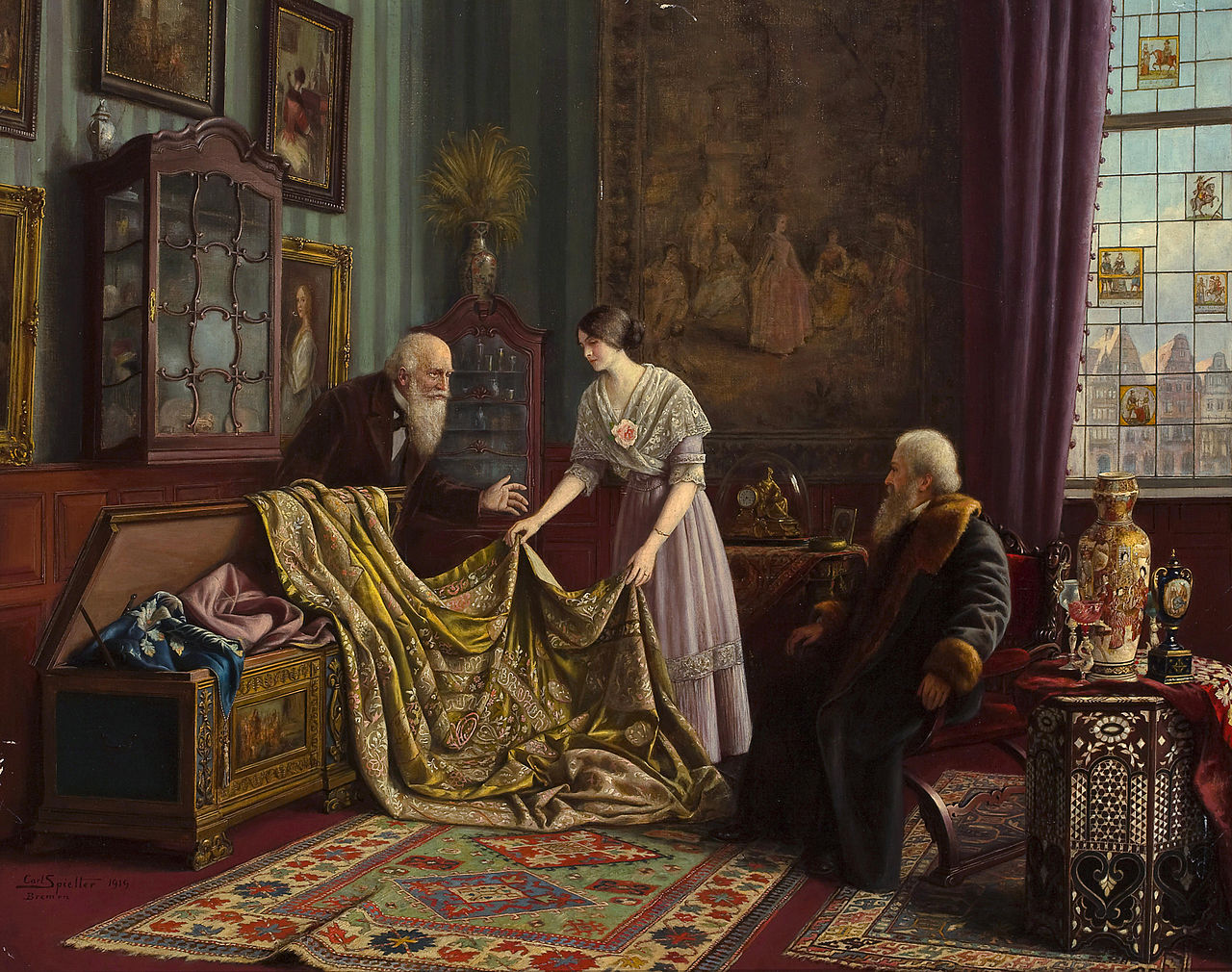
Carl Johann Spielter was a German historical and genre painter. He studied painting at the Royal Academy of Arts in Munich and at the Academy of Fine Arts in Vienna.
Karl Johann Spielter devoted himself to the history of Wilhelm and genre scenes modelled on 17th century Dutch painting, which suited the taste of his time.

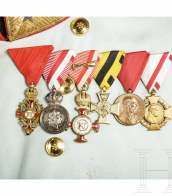

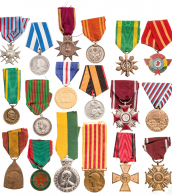

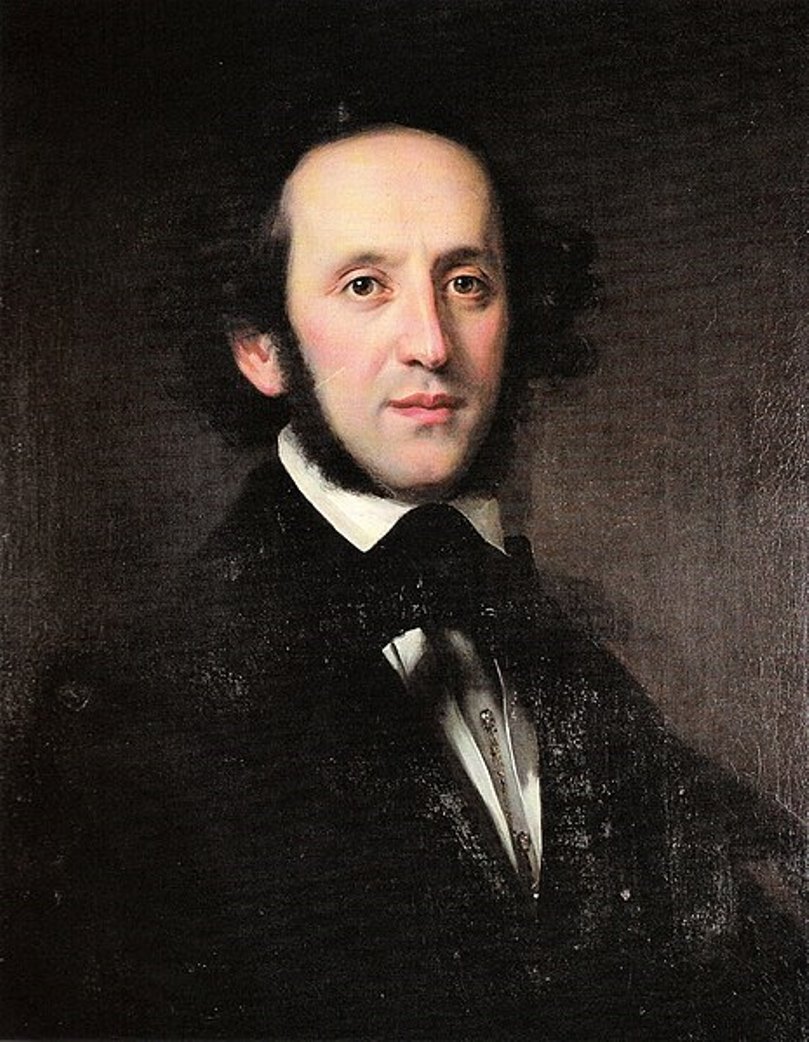
Felix Mendelssohn (full name Jakob Ludwig Felix Mendelssohn Bartholdy) was a German composer, pianist, conductor, teacher, and one of the greatest representatives of Romanticism in music.
Felix was born into a Jewish musical family that later converted to Christianity. He received a versatile education and already as a child wrote many musical compositions, including 5 operas, 11 symphonies for string orchestra, concertos, sonatas and fugues. Mendelssohn's first public performance took place in Berlin in 1818, when he was nine years old. In 1821 Mendelssohn was introduced to J.W. von Goethe, for whom he performed works by J.S. Bach and Mozart and to whom he dedicated his Piano Quartet No. 3 in B minor. A friendship developed between the famous wise poet and the 12-year-old musician.
A few years later, the talented musician began conducting in various orchestras in Europe, and became acquainted with Carl Weber. In England, where Mendelssohn visited very often, by the middle of the 19th century his music had become very popular, even with Queen Victoria he was the most favorite composer. He dedicated his Symphony No. 3 in A minor major (Scottish Symphony) to the Queen.
Among Mendelssohn's most famous works are A Midsummer Night's Dream (1826), the Italian Symphony (1833), a violin concerto (1844), two piano concertos (1831, 1837), the oratorio Elijah (1846) and several chamber pieces. The tradition of playing the "Wedding March" from A Midsummer Night's Dream in wedding processions dates back to its performance at the wedding of a royal princess in 1858, already after Mendelssohn's death.
In 1843, Mendelssohn founded a conservatory in Leipzig, where he taught composition with Schumann. Mendelssohn was one of the first great Romantic composers of the nineteenth century.
